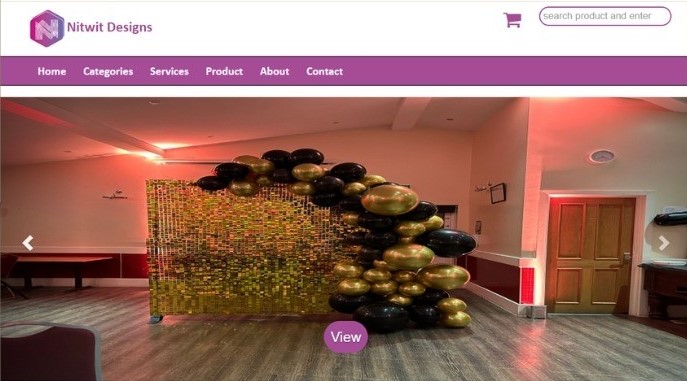Our Process
Requirements Analysis and Resource Planning
The first step to any process is always planning. Being a project manager, we have done a requirement analysis of the project
We analyze if the software to develop aligns with our business goals. The purpose of any software is to make the tasks easier.
So, we checked which tasks we will use to optimize and how the software will help the client in this.
After this, we allocate resources for software development process. We decide what kind of resources we need in order to complete it.
We can plan the number of project managers, software engineers, designers, tools, and technologies required for the project.
Then, We create a flexible yet justifiable budget.
Design and Prototyping
After the analysis and planning part is over, it is time to start creating a software architecture for the product.
This architecture or design will define the complete workflow of the software.
In terms of software, the design doesn’t only have to do about the look but also about the overall functioning and user experience of the software.
We played an important part in the design process as you need to explain to the software designers what is that you want from the program.
You can define how the users will interact with the software application/product.
The designers will design simple wireframes to show these interactions using various tools.
If needed, we can also have complete prototypes or design templates that display each and every functionality of the product.
Software Development
Development in software-process only begins when we are completely sure of the requirements and onboard with the design and features.
The development team starts working on the development of a program by writing the necessary code.
Now, the development is carried out in different manners based on the type of software requirements.
This is the riskiest phase of the software development process. However, being an experienced software development company,
we easily understand the requirements and develop a product up to the expectations.
Testing
This is actually a continuous process of software development, and testing is performed alongside development.
Testing is done to check the functionality, usability, and stability of the product under the rapid development process.
We have a team of quality assurance testers or QA testers.
This team tests every piece of code created by the software development team.
This is done both manually as well with automated tools to find out if there are any bugs or glitches.
Later, bugs are fixed by changing or adding new code to the original code.
We make sure that your final product runs smoothly on the preferred devices and has all the required features and functionalities as discussed.
Deployment
This is a crucial stage in the software development life cycle. After coding and testing are done,
the next development phase is to deploy your software on the necessary servers and devices.
This is only done after the client have approved of the product functionality and the stability of the product is proved.
Many times,the product is given an Alpha release. A small bunch of users use the product and give their feedback.
After analyzing the feedback, modifications are made to the software and then released as a Beta release.
Now, more users have access to the software program.
Maintenance and Updates
As described earlier, software development is a cycle. It is an iterative process of software development.
After launching the product, the process is not complete. We keep a track of software maintenance and keep upgrading it.
We consistently monitor software development and suggest changes whenever required.
This is done because technology keeps advancing and in order to keep up with these changes, the software products are needed to be updated.
As time passes, users have different requirements that are uncovered.
Further, user feedback also plays an important role in devising future updates for any software product.





